In This Article
Need a mix of ancient history, vibrant culture, and Mediterranean charm? Head to Athens! The capital of Greece offers a unique blend of iconic ruins, dynamic neighborhoods, world-class museums, and stunning rooftop views. Whether you're wandering through the Acropolis or savoring souvlaki in a bustling square, Athens is an unforgettable gateway to the Greek world.
Athens, Greece Highlights:
- For Adventurous Travelers: Hike up Mount Lycabettus – Climb or ride a funicular to panoramic city views from Athens’ highest point.
- For History Buffs: Explore the Acropolis and Parthenon – Walk among the ruins of ancient Athens and marvel at its crowning temple.
- For Shoppers: Browse the Monastiraki Flea Market – Find antiques, leather goods, souvenirs, and handmade jewelry in a lively bazaar setting.
- For Couples: Dine with a view at a rooftop in Plaka – Enjoy Greek cuisine beneath the glowing Parthenon at sunset.
- For Families: Discover the Acropolis Museum – Kid-friendly interactive exhibits and ancient treasures just below the Acropolis hill.
When I like to visit Athens, Greece
The best time to visit Athens is in the spring (April–June) or fall (September–October), when the weather is mild and the crowds are smaller. Summer offers sunny days and open-air festivals, but can be very hot and busy.
Tips for getting to Athens, Greece
- By Air: Athens International Airport (ATH) is well-connected to major global cities and is about 40 minutes from downtown by metro or taxi.
- By Ferry: Piraeus Port, just outside Athens, connects to the Greek islands and coastal destinations.
- By Train: National and international trains connect Athens to northern Greece and the Balkans via Larissa Station.
Where I like to stay in Athens, Greece
- Recommended for Families: Electra Palace Athens – Centrally located with a rooftop pool and Acropolis views, ideal for family stays.
- For Couples: A for Athens Hotel – Stylish rooftop bar, romantic rooms, and perfect views of Monastiraki Square and the Acropolis.
- For a Boutique Stay: Coco-Mat Athens BC – Eco-luxury hotel with modern comfort and rooftop spa near the Acropolis Museum.
Best Things to Do in Athens, Greece
1. Acropolis Museum
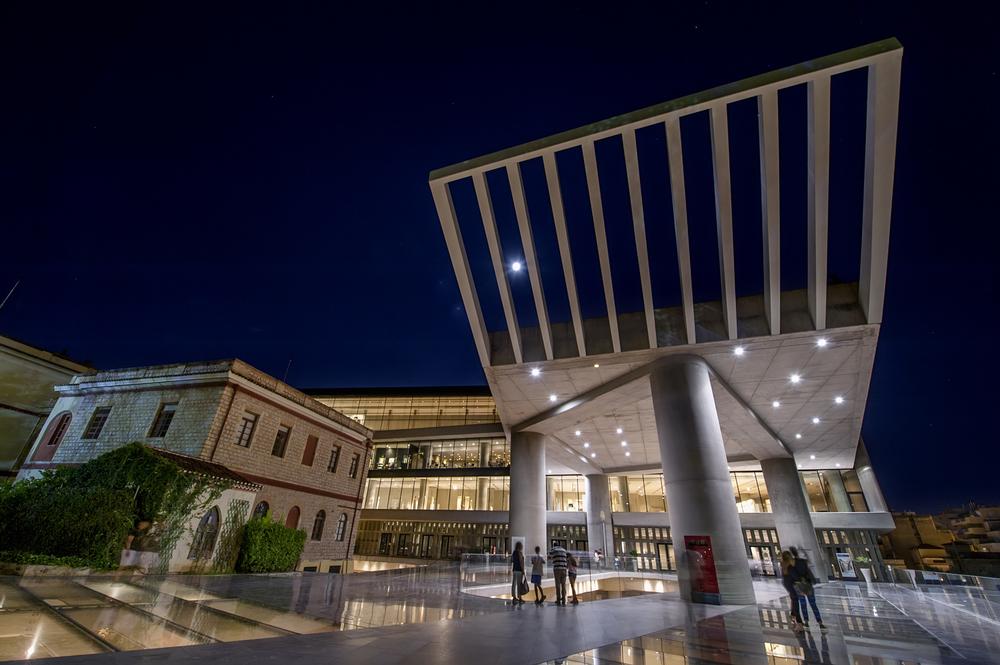
© Courtesy of Yorgos Gaitis - Fotolia.com
Located in the heart of Athens, designed by architects Bernard Tschumi and Michael Photiadis, and opened in 2009, the Acropolis Museum has three levels of permanent collections in addition to the archaeological excavation at its foundations.
The museum contains the most significant finds from the Acropolis and the surrounding foothills. The Gallery of the Slopes of the Acropolis on the ground floor houses exhibits from the sanctuaries and everyday objects used by Athenians at the time. The 27-foot-high Archaic Gallery on the first floor hosts majestic sculptures from the first Acropolis temples, while the Parthenon Gallery on the third floor contains relief sculptures from the Parthenon frieze. The massive figures of the two pediments portray the birth of the Athena as she emerges from the head of Zeus as well as the battle between Athena and Poseidon over Attica.
Dionysiou Areopagitou 15, Athens 117 42, Greece
2. Acropolis of Athens
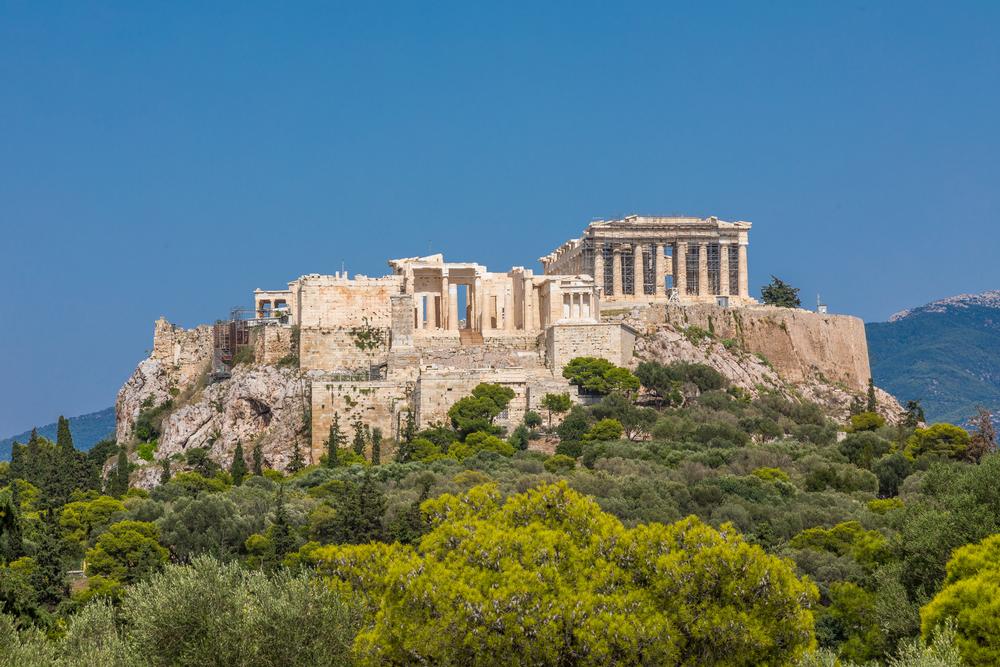
© Courtesy of Pierre Violet - Fotolia.com
Located on a small hill in the heart of Athens, the Acropolis dominates the city landscape today as it did at the time it was constructed, more than 3,000 years ago.
It is the most complete, and the most famous, monuments of ancient Greece. This ancient citadel stands on the flat top of the hill surrounded by rocky hill slopes. The citadel includes the remains of several buildings of enormous historic and architectural significance, the most important and the most famous being the Parthenon. The Acropolis is surrounded by strong fortification walls built in the 13th century BC, surrounding the residence of the Mycenaean ruler. From the 8th century BC, the Acropolis started acquiring a religious character. As the city became more powerful, more monuments were added, created by the best sculptors of its time. The Acropolis became a symbol of the emergence of the classic art and thought of ancient Greece, a cradle of democracy, theater, philosophy, and freedom of speech.
Athens 105 58, Greece
What to do if you are traveling with kids:
3. Ancient Agora of Athens
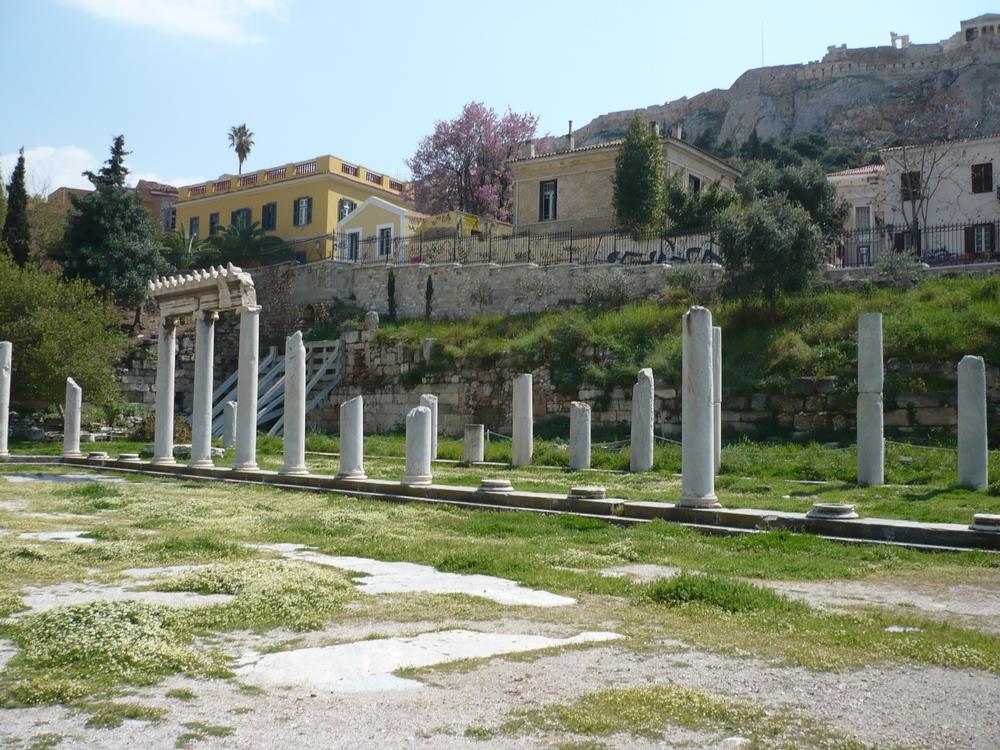
© Courtesy of Kristina Charles - Fotolia.com
The Ancient Agora of Athens, or the gathering place of classical Athens, is located northwest of the Acropolis between the hill of the Areopagus and the Agoraios Kolonos or Market Hill.
The Agora's original use was as a gathering, commercial, assembly, or residential place. In today’s Athens, the Ancient Agora of Athens is an archaeological site beneath the northwest hillside of the Acropolis. The Agora of Athens continued to be used for more than 5,000 years, with the layers of building, destruction, and rebuilding still visible at the excavation site. It is difficult to comprehend the importance of the agora in ancient Greece from the ruins of today, but two witnesses of its glory still stand today: The Temple of Hephaestus and the Stoa of Attalos.
24 Adrianou, Athens 105 55, Greece
Activities and Attractions for Couples and Singles:
4. Benaki Museum
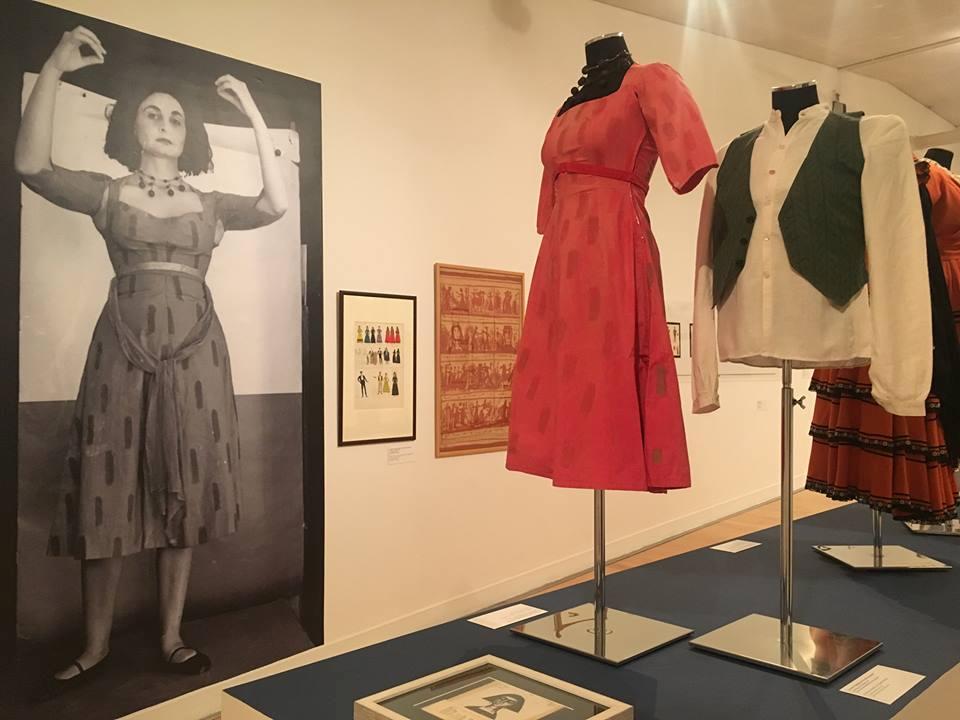
© Benaki Museum
The Benaki Museum of Greek Culture was originally used to house a collection of over 37,000 Islamic and Byzantine objects donated in 1931 by the Benaki family.
The family also donated the family home to house the collection, an elegant neoclassical-style building near the National Garden and the Hellenic Parliament. Over 9,000 artifacts were added to the collection by the 1970s, enticing additional donations from other sources. The museum building was refurbished in 2000 and today focuses on Greek art from pre-history to modern times. The museum also has a rich, extensive collection of Asian art, hosts occasional exhibitions, and offers restoration and conservation workshops. A collection of Islamic art, Chinese porcelain, and toys that were once part of the original collection are now housed in separate museums.
Koumpari 1, Athens 106 74, Greece, Phone: +30-21-03-67-10-00
5. Byzantine and Christian Museum
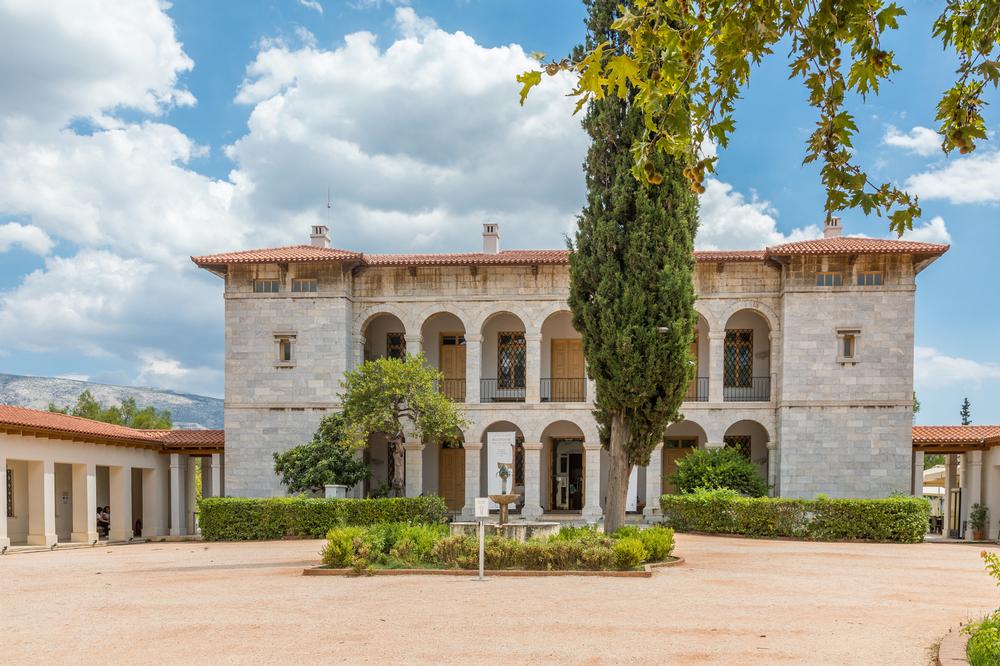
© Courtesy of Pierre Violet - Fotolia.com
The Byzantine and Christian Museum in Athens, Greece, was founded in 1914 and is one of the most important museums of Byzantine art in the world.
It houses over 25,000 pieces of art, including collections of frescoes, icons, pictures, scriptures, pottery, manuscripts, fabrics, and copies of original artifacts, covering the period from the 3rd century AD to the Late Middle Ages. The Byzantine and Christian Museum of Athens is one of the most important Greek institutions established to collect, preserve, study, and exhibit Byzantine and post-Byzantine cultural heritage in the Hellenic territory. The exhibition is divided into two main parts: Byzantium from the 4th to 15th centuries with 1,200 artifacts and the exhibition called From Byzantium to the Modern Era, with 1,500 artworks from the 15th to 20th centuries.
Leoforos Vasilissis Sofias 22, Athens 106 75, Greece, Phone: +30-21-07-23-15-70
6. First Cemetery of Athens
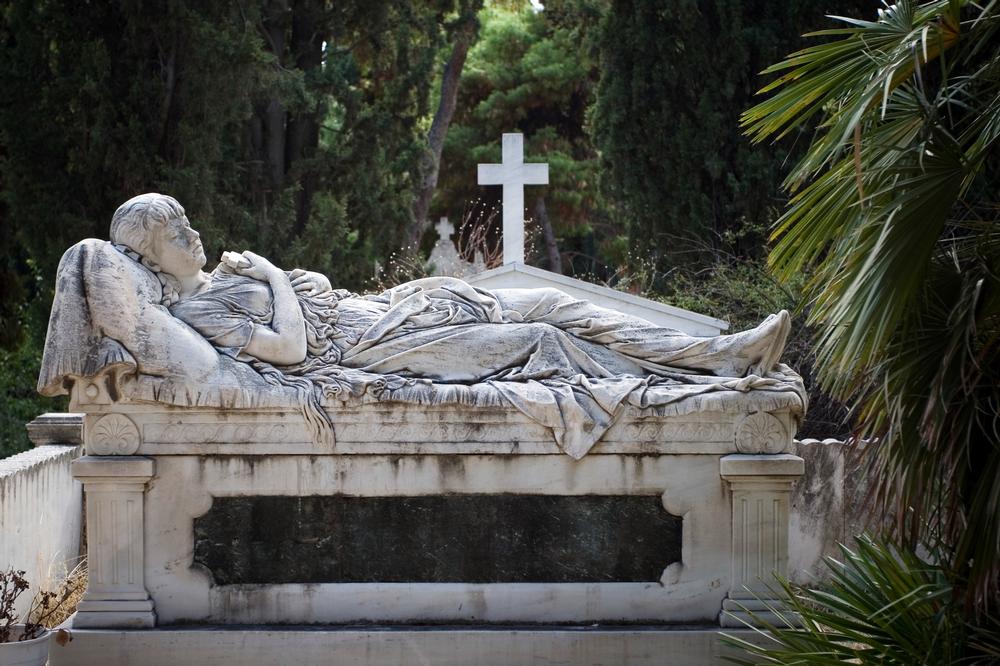
© Courtesy of olga_voronova - Fotolia.com
The First Cemetery of Athens is both the official and the oldest cemetery of the city of Athens.
Opened in 1837, it soon became a preferred cemetery for both Greeks and foreigners. The cemetery is located in central Athens, behind the Panathinaiko Stadium and Temple of Olympian Zeus. It is a lovely large green space shaded with mature pines and cypresses. There are three churches in the cemetery: The Church of Saint Theodores, a smaller one dedicated to Saint Lazarus, and the Catholic church of Saint Charles.
One of the most prominent people buried in the cemetery is Heinrich Schliemann, whose tomb was designed by Ernst Ziller. Many of the tombs are pieces of art created by prominent sculptors. The cemetery also contains burial areas for Protestants and Jews, but segregation is not compulsory.
Logginou 3, Athens 116 36, Greece, Phone: +30-21-09-22-16-21
7. GB Roof Garden Restaurant and Bar
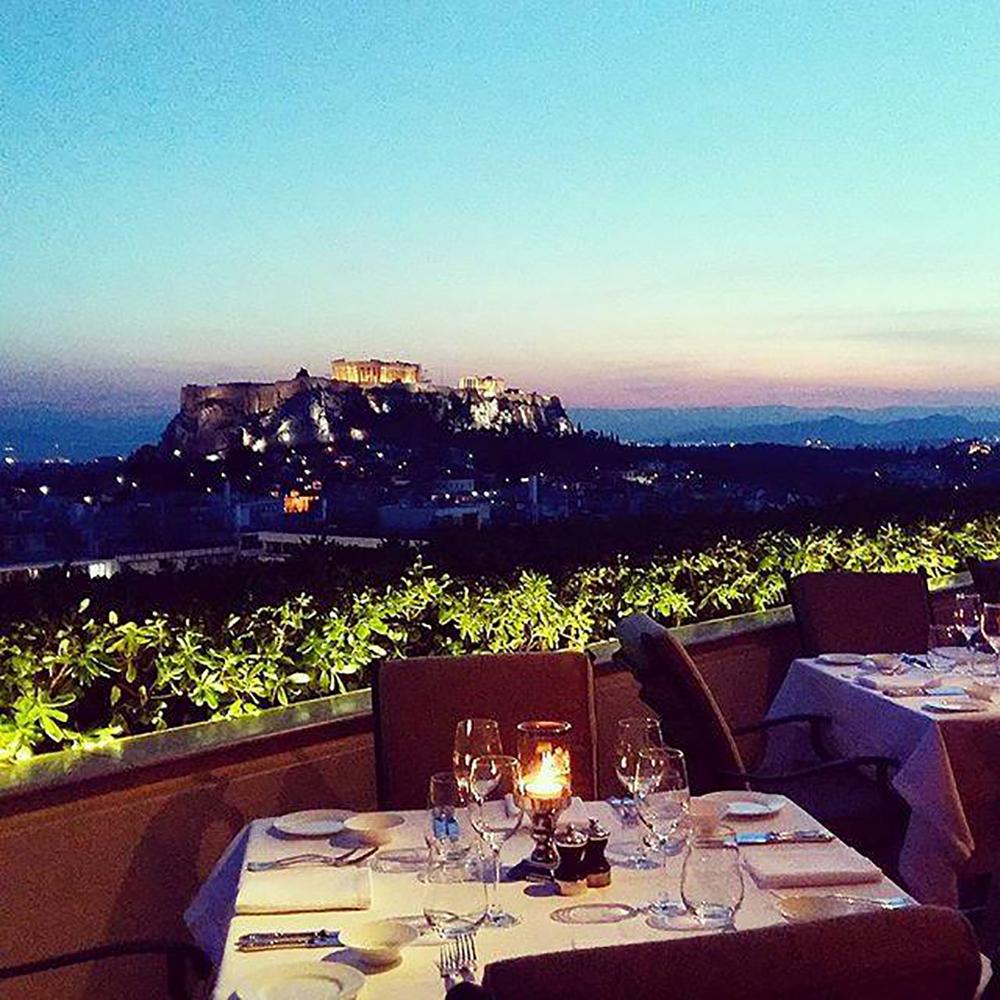
© GB Roof Garden Restaurant and Bar
Located in the iconic luxury 19th century Grande Bretagne hotel in the heart of Athens, GB Roof Garden Restaurant and Bar is a refined, elegant restaurant with absolutely breathtaking views of the Acropolis, the Hellenic Parliament, and Lycabettus Hill.
Having a front row seat of the Acropolis from the open terrace is a perfect background for an early morning breakfast of hot pastries and freshly squeezed juice. The lunch menu is focused on Mediterranean delicacies such as yellow fin tuna tartar with sesame oil, soy sauce, and ginger, followed by a decadent dessert such as velouté chocolate with crispy cacao pearls, gianduja cream, and lemon sauce. At night, when the bright lights of the city spread ahead, enjoy such chef’s specialties as lamb noisettes with couscous and dried fruit, pistachios, and glazed carrots. The two bars make excellent cocktails and have a nice wine selection.
Hotel Grande Bretagne, Vasileos Georgiou A 1, Athens 105 64, Greece, Phone: +30-21-03-33-00-00
8. Goulandris Museum of Cycladic Art
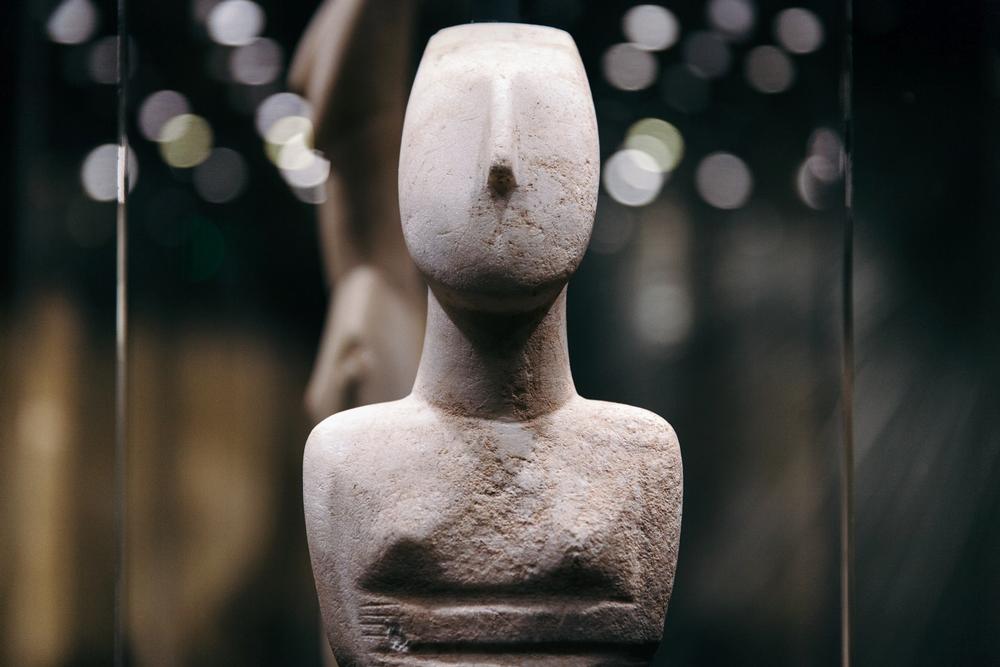
© Goulandris Museum of Cycladic Art
Goulandris Museum of Cycladic Art promotes and studies the culture of ancient Aegean and Cyprus with a focus on Cycladic art of the third millennium BC.
Founded in 1986, the museum houses the extensive collection of Cycladic and ancient Greek art belonging to Nicholas and Dolly Goulandris. Pieces from other collectors and institutions have since been added to the collection. The exhibits are divided into three main subjects: Cycladic art from 3200 to 2000 BC, ancient Greek art from 2000 BC to 395 AD, and ancient Cypriot art from 3900 BC to the 6th century AD. The building that houses the museum was built in the heart of Athens in 1985 and was designed by the renowned Greek architect, Ioannis Vikelas. The museum acquired a new wing in 1991 in the neoclassical Stathatos Mansion.
Neofitou Douka 4, Athens 106 74, Greece, Phone: +30-21-07-22-83-21
9. Monastiraki Flea Market
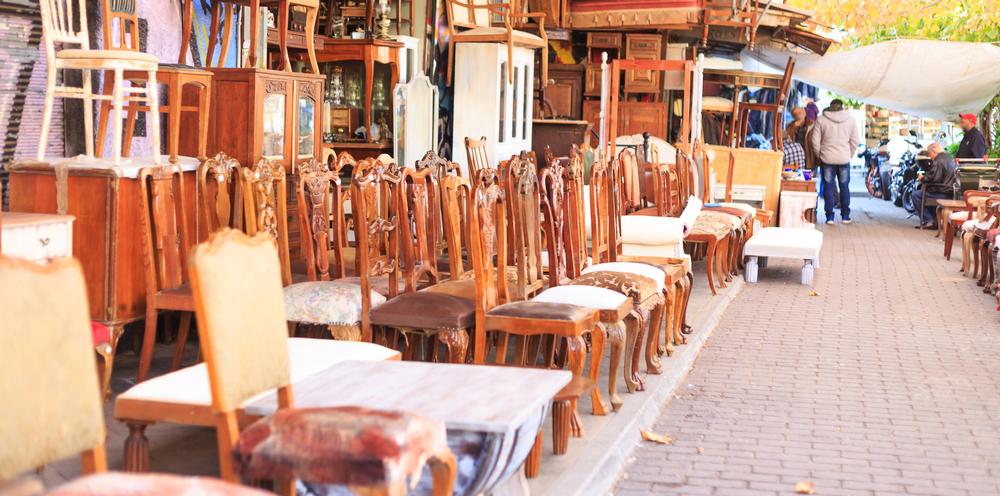
© Courtesy of viperagp - Fotolia.com
Monastiraki Flea Market, located around the Monastiraki Square in Athens, is one of the city’s most popular tourist attractions.
It is especially lively on Sundays, particularly on busy, thriving Abyssinia Square. Just about anything is spread on the crowded stalls: Clothes, old books, coins, stamps, furniture, carpets, postcards, decorative objects, memorabilia, and much more. The prices vary widely and bargaining is practically obligatory and indeed part of the fun. One can find everything from junk to antiques and from plastic pearls to real jewelry and precious stones. Knowing the difference is the trick. Not unlike any such market the world over, it is still fun to browse in hope of finding hidden treasures.
Ifestou 2, Athens 105 55, Greece, Phone: +30-69-46-08-61-14
Where I Like to Eat in Athens, Greece
- Recommended for Families: Kuzina – Delicious Greek cuisine with kid-friendly options and rooftop Acropolis views.
- For Modern Greek Dining: Hytra – Michelin-starred experience with creative dishes and skyline views from a rooftop terrace.
- For a Casual Meal: Ta Karamanlidika Tou Fani – Popular meze restaurant with cured meats, cheeses, and traditional flavors.
My favorite local events:
- For Art Lovers: Athens Epidaurus Festival (June–August) – Open-air performances in ancient theaters and venues across the city.
- For Families: Athens Technopolis Jazz Festival (May) – Family-friendly concerts and cultural activities in a repurposed gasworks complex.
- For Culture Buffs: Greek Independence Day (March 25) – Parades and celebrations marking the nation’s independence, with patriotic flair.
Day Trip Itineraries Within 30 Minutes of Athens, Greece:
- For Beach Time: Glyfada (20–30 min) – Chic coastal suburb with seaside cafés, beach clubs, and shopping.
- For History: Temple of Poseidon at Cape Sounion (30–40 min) – Dramatic cliffside ruins with the best sunset in Attica.
- For Island Vibes: Aegina Island (30 min ferry) – Easy island day trip with pistachios, beaches, and ancient temples.
- For Nature Walks: Mount Hymettus (20–30 min) – Hiking and picnic spots with monastery visits and panoramic city views.
- For Lake Relaxation: Lake Vouliagmeni (25–30 min) – Natural thermal lake with spa amenities and scenic swimming.
- For Ruins: Kerameikos Archaeological Site (10–15 min) – Ancient cemetery and museum just steps from central Athens.
Plan Your Trip











